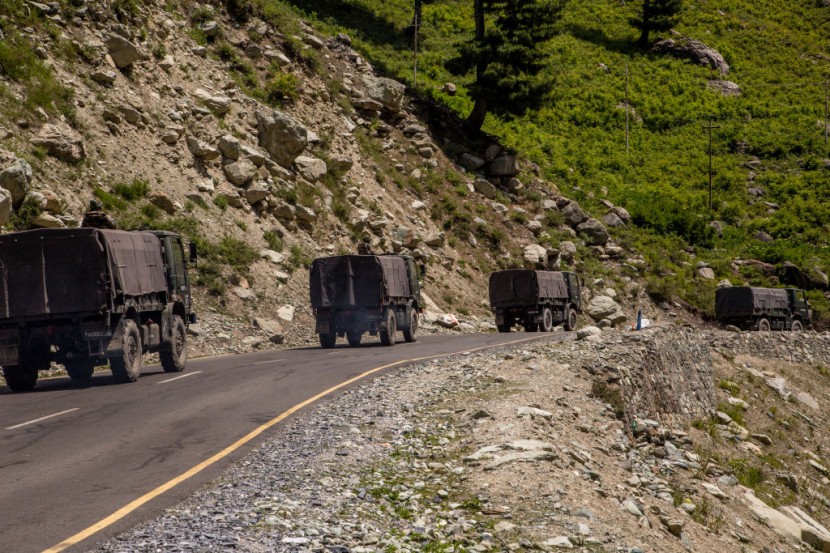
The border flashpoint between India and China is showing the activity of the Chinese moving out. This was recently captured by satellite photos taken.
The People's Liberation Army (PLA) reveals they are moving away from the flashpoint in the Himalayan border. Both the Indian Army and PLA had been engaged in the area since summer last year.
China is leaving the disputed border
New Delhi's new intelligence reports show the Chinese camp getting dismantled and their vehicles driving from the disputed border. This comes after several months of standoffs that led to extreme tensions between the two nations. These images released on Wednesday from satellite photos were reported by the Epoch Times.
Two nations with nukes decided to go with a plan to leave the area, return troops, tanks, and other equipment stationed on the Pangong Tso Banks. The flashpoint is near a glacier lake in the Ladakh region, where engagements occurred the past few months.
Satellite images
Images of the Chinese pullout from the Pangong Tso at its north tip show troop movements last Tuesday via Maxar Technologies. The Chinese were leaving their temporary shelters in more than one camp on the border in the images. Until late January, they were still standing but were removed recently.
To comply with the Chinese military pullout at the border flashpoint between India and China, an Indian official in Delhi said the Indian army did the same thing, reported Reuters. The official declined to be identified by the outlet.
The Indian defense minister Rajnath Singh spoke to the government and revealed both armies decided to withdraw troops in stages. He added the pullback of both forces would be coordinated and checked to make sure both comply. The troops are leaving the disputed region to ease the tension for both nations that is needed.
Commanders of both India and China will meet once the border is demilitarized. Discussions to follow will to remove other military camps from the Ladakh frontier.
How tensions began and de-escalated
All the tension started at the high-altitude border in April; India charged that Chinese troops were spilling into the Indian side. This side is the high frontier on the Line of Actual Control, a de facto border. But China said it did not cross over and was in its territory.
On June 20, the tempers went high when India said 20 of its troopers died in the engagement. On the other, China had never revealed how many Chinese soldiers were killed on that day in hand to clashes. A first skirmish in the Galwan, Ladakh with no death until that occasion.
Cooler heads in Beijing and Delhi tried to prevail, but the diplomatic and military talks did not settle. This February, there was an agreement reached, and the first pullout for both nations. It should succeed, or more tension will be met later.
One Indian official stated that all troops to the north and south of Pangong Tso where the tension needed to be removed were camped out. De-escalation starts there, he pointed out, of all equipment and troops as well. Outlets have been showing pullback of all men and equipment of the PLA.
Related article : India's Commandos Ready to Face Martials Trained Chinese Army








